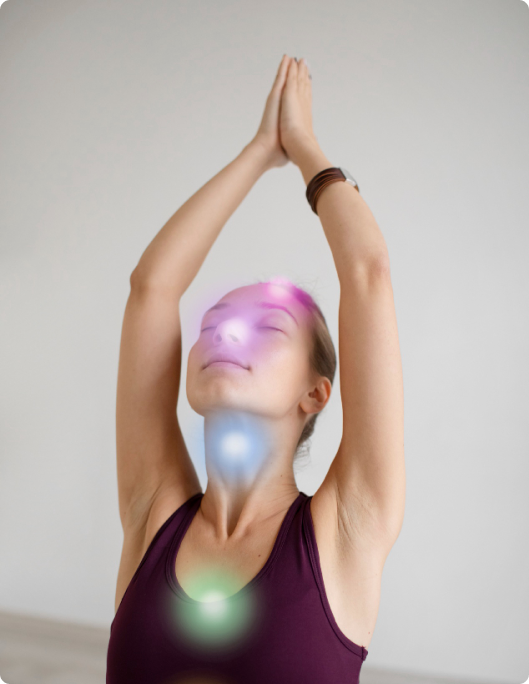Quick Overview
Best for
Trauma, chronic stress, depression, anxiety, relational struggles, psychosomatic symptoms.
Session format
Individual or Group · In person (most effective).
Typical cadence
Weekly · Session length: 50–75 minutes.
Duration
Medium to long-term therapy, depending on client goals.
Often combined with
Talk therapy, mindfulness, somatic experiencing, IFS.
Evidence base
Developed by Alexander Lowen in the 1950s, grounded in somatic psychology and Reichian bodywork traditions.


